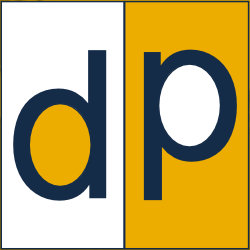3D Scanning + 3D Flattening drives faster patterning speed
Triple your pattern making speed
Digital patterning simplifies and accelerates the pattern making process by 3x to as much as 10x. Manufactures implementing these tools see almost immediate performance gains and cost savings. These proven business improvements are achieved through the ability to convert complex 3D design models into production-ready 2D patterns in minutes.
Unfortunately, for some manufacturers, the primary barrier to accessing digital patterning benefits has been a lack of 3D modeling expertise. 3D scanning eliminates this issue bringing the advantages of digital patterning to any business.
Begin with 3D Scanning
3D scanning has become a critical tool for shortening product development and manufacturing time. In most cases scanning fits in the existing design to manufacturing workflow:
Begin with a physical prototype or an existing product
Create a digital representation of the 3D real-world object
Utilize the digital information to generate production documents (i.e. cutter-ready marker sets and ply books)
3D scanning replaces the time consuming and error prone tape and drape process normally used to “digitize” the real-world object. The new generation of 3D scanners are highly accurate, extremely easy-to-use, and cost effective.
Move from 3D Scans to 2D Patterns in minutes
The process to create professional-grade 3D scans has become easier-and-easier(link). A task that was once reserved for highly trained technicians has become nearly as easy as point-and-shoot. 3D scans capture every detail of the design perfectly. And with digital patterning, those detailed designs are converted into accurate, ready-to-cut 2D patterns in minutes.
Digital patterning software like the ExactFlat suite of solutions utilize the 3D scan data directly. Once the 3D Scan is captured, designers can define cut lines or add personalized graphics directly on the model. The 3D scan is then quickly flattened into 2D patterns with a few mouse clicks.
With a few mouse click, the same 3D scan data is converted into 2D production-ready pattern pieces.
Iterations, sample making, and fit testing cycles and costs are also reduced. The team simply uses the software to optimize the patterns for fit before any pieces are cut or sewn. Patterning features (ex. seams, hardware, notches, etc) are added and then the digital “tech pack” goes directly to the textile printers and cutters. The entire process can typically be completed in a single session versus the days or weeks it may take using legacy, manual methods.
Start accessing 3D Scan-to-Pattern benefits today
3D Scanning is an important part of the transition to digital for soft goods (fashion, furniture, auto interiors, marine canvas, etc..) manufacturing. The technology allows companies to quickly capture prototypes or existing product as 3D models. These models are then used to streamline the downstream sales, marketing and production processes.
3D scanning solutions have evolved considerably in the past few years. Tools that were once hard to use and inaccessible are now simple-to-implement (point and shoot) and affordable .
The business case for the integration of 3D scanning and 3D flattening has never been more compelling. To learn more, click on the link below and schedule a time to speak with one of our experts.











